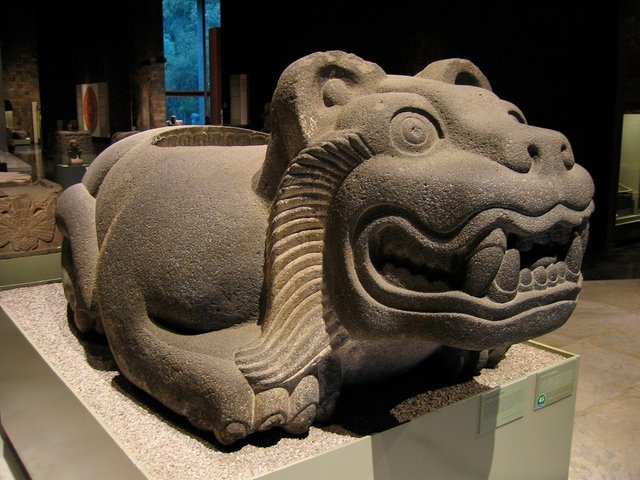
Salmonella bacteria.
In spite of new discoveries, the passings can't be faulted for enteric fever alone.
This week, many media outlets announced that researchers had explained the puzzle of what wiped out the Aztecs. Hints of a pathogen that can cause a typhoid-like enteric fever have been found in skeletons from a graveyard connected to the disastrous pandemics of 1545-50, which slaughtered a huge number of indigenous individuals in sixteenth century Mexico.
Most noticeably awful losses of life in history
The demise of a large number of indigenous Americans after the European attack is one of the colossal tragedies of the cutting edge time. Notwithstanding utilizing the most hopeful assessments, no less than 80% of the pre-contact populace of Mexico kicked the bucket in the primary century after the Spanish landing.
With one of the most noticeably bad losses of life ever – over 90% in a few territories – the destruction is relatively vast. Endeavor to envision nine out of each 10 individuals you know kicking the bucket in the following decade: the destruction of families, the loss of kids, the annihilation of groups, being not able look after biting the dust relatives since you are so wiped out yourself.

Aztec sculpture. Credit: Wikimedia Commons
There is a characteristic want to locate a solitary reason for occasions, to attempt and make a catastrophe logical, to comprehend what "truly" happened. Be that as it may, such shocking death rates were not caused by a solitary, annihilating infection. They reflect individuals who, lacking resistance to European infections and enduring under expansionism, were battered by wave after flood of germs – including influenza, typhus, measles, smallpox and, more likely than not, enteric fever.
To the question in your title, my Magic 8-Ball says:
Hi! I'm a bot, and this answer was posted automatically. Check this post out for more information.
Downvoting a post can decrease pending rewards and make it less visible. Common reasons:
Submit